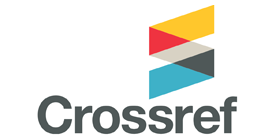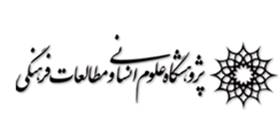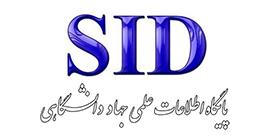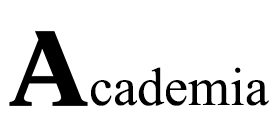Standardization of social intelligence questionnaire in male and female
Keywords:
Abstract
The aim of this research the Normalization Social Intelligence Scale in Iranian Males and Females. 843 Males and Females (428 males &415 femals) were chosen through random cluster method. The social questionnaire (Tet 2008) were answered by participation. checking the internal consistency showed that all of dialects, except dialects1- 2- 6- 7- 8- 9- 10- 16- 18- 19- 24- 26- 29- 37- 38- and 41 have a high correlation with the total score, therefore 16items from 45 items were omitted. Factor analysis revealed that the inventory consisted of four factors. These four factors explained 26. 85% of the variance. Internal reliability using Cronbach’s alpha in sample of students (n =843) was. 61. Then, a sample of 50 Participants out of the 843 was randomly selected to examine test- retest reliability 2 weeks later, obtaining a reliability coefficient of. 61. As items were deleted, alpha, the scale mean, a scale variance, and item- total correlation were calculated main conclusions emerged from the results of this study: The Persian/Farsi version of the social intelligence Inventory had satisfactory levels of internal consistency among undergraduate Participants Iranian.
















